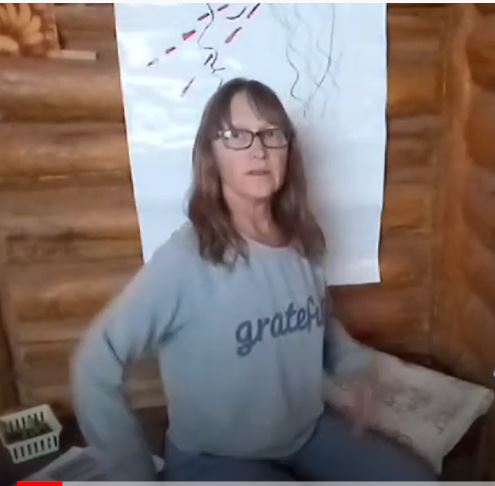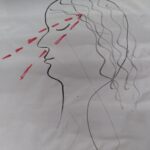Manduki Kriya is the 8th Kriya in this series of 20 Tantric Kriyas.
Manduki means “frog,” and kriya is “spiritual action or work.” This kriya takes us from the gross or physical sense of smell to the subtle essence of scent which emanates from the astral body. This can result in a beautiful intoxicating effect!
Our senses are considered our “organs of perception,” for it is through them we gather initial information. What we hear, what we smell, what we taste, what we touch, what we see… these physical senses are tools we use in order to learn about things in our physical world. Behind everything physical is a subtle aspect as well, like an “energetic essence”, a finer degree of the sense. The subtle essence of each sense is that which allows us to “feel” or “see” the chakras, for example. Or to “hear” the inner sounds of the heart at the anahata chakra. In this particular practice we are wishing to tap into the subtle essence of smell.
The muladhara chakra relates to the earth element, and the sense of smell. The earth element is the solid form of everything… bones, skin, rock, etc. It is our physical presence, which we are rooted in. We are also rooted in the sense of smell. Familiar smells can conjure up memories and bring us right back to our roots and history. New smells create new knowledge, connections and memories.
Take your time and enjoy this meditative practice. Do it often so you begin to tap into the subtler aspects of yoga, smell and the astral body.
So let’s begin.
- Sit in a kneeling position with the knees wide and toes together behind the buttocks. This is one variation of legs position for mandukasana. This assists in having a straight spine. Feel free to rest the buttocks on a cushion. If this seat is not comfortable on the knees, please choose one that is.
- Bring your attention to the Muladhara chakra at the base of the spine. This lower chakra is related to the earth element, they physical body, and the sense of smell.
- Bring your gaze to the tip of the nose in nasikagra drishti. I recommend you remove your glasses and keep the eyes soft so they don’t tire too much. This gaze creates a connection with all three eyes – the right, the left, and the third eye, between the eyebrows but in the mid brain.
- Apply amritpan khechari mudra during the practice (the tongue curls back into the soft palate, creating a bit of ujjayi breathing).
- The flow of breath resembles a cone shape, entering at each nostril and flowing through to the ajna chakra between the eyebrows in the mid brain, then flowing back out each nostril. It is very important to have no strain during the breathing.

- Allow the breath to be slow and smooth in this conical flow while you sit quietly.
- Become aware of any subtle scents you smell. Simply notice. You may get a sense of sandalwood, which is said to be the scent of the astral body. If not, what essence of smell do you notice?
- Continue this practice until you feel the intoxicating effects, or up to three minutes.
- When you complete the practice, rub the palms of your hands together to get them warm, then cup them over the eyes. This will help your eyes to rest.
You can learn more about Manduki Kriya on page 152 in Letters from the Yoga Masters. If you wish to be guided through the practice, I have created a video of Manduki Kriya for you.
If you are just joining us here, I recommend you refer back to the SOYA blog learn the practice of Arohan and Awarohan and the previous kriyas. It will also be helpful to review Amritpan Khechari Mudra, page 127 of Letters from the Yoga Masters.
Remember, these practices are intended to thread one into the next, until eventually all 20 kriyas are completed in one sitting. Of course many of us do not have time to do this, so they are still very beautiful practices completed on their own. Enjoy!

Marion Mugs McConnell is the author of Letters from the Yoga Masters: Teachings Revealed through Correspondence from Paramhhansa Yogananda, Ramana Maharshi, Swami Sivananda, and Others, published by North Atlantic Books copyright © 2016 ISBN 978-1-62317-035-6. This is an excerpt of the book, and reprinted by permission of North Atlantic Books. All photos are used with permission.



Recent Comments